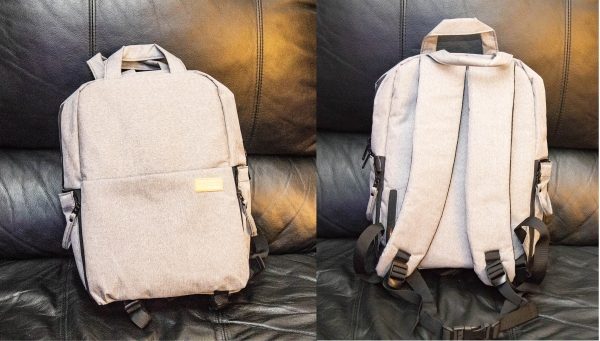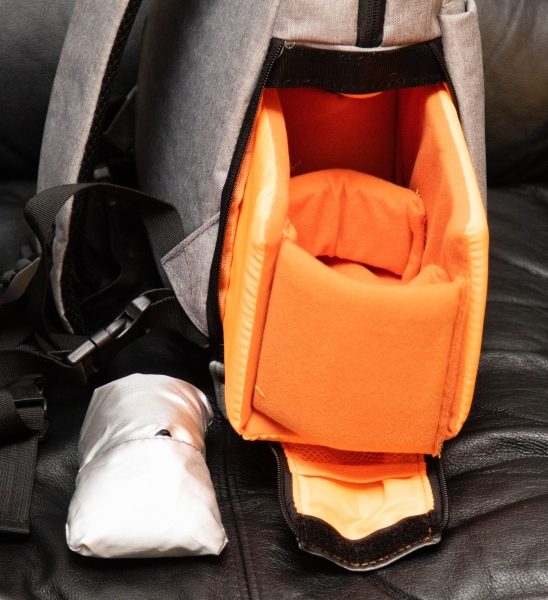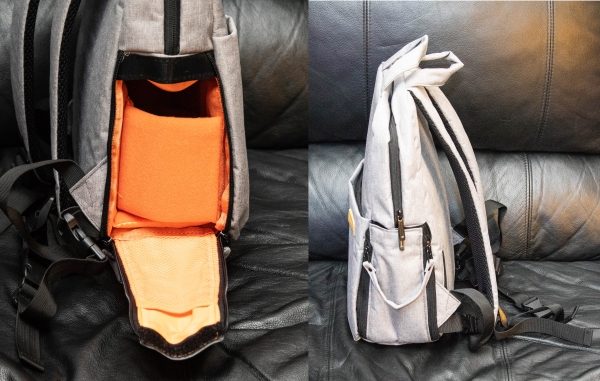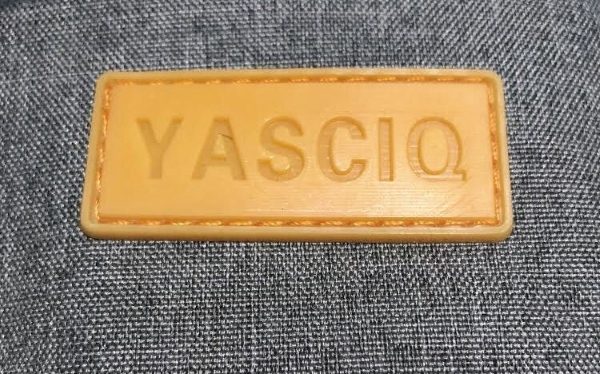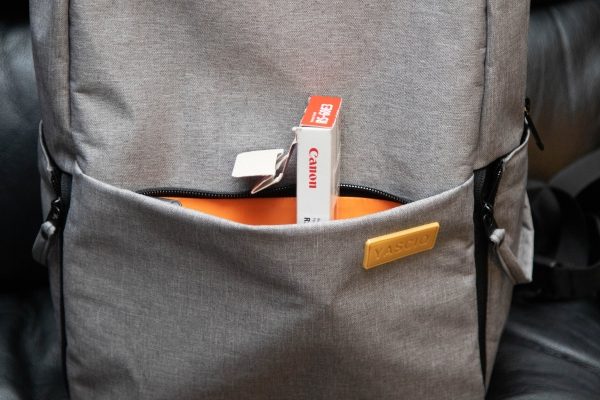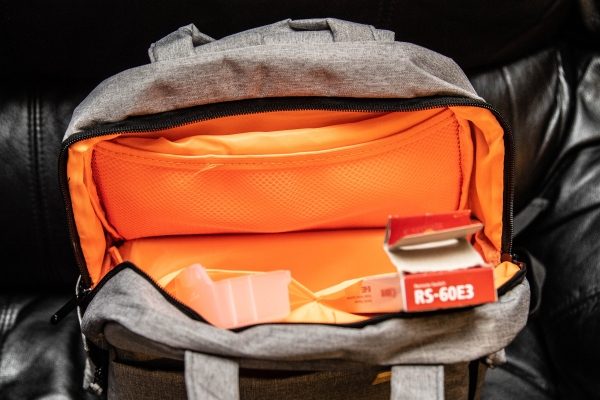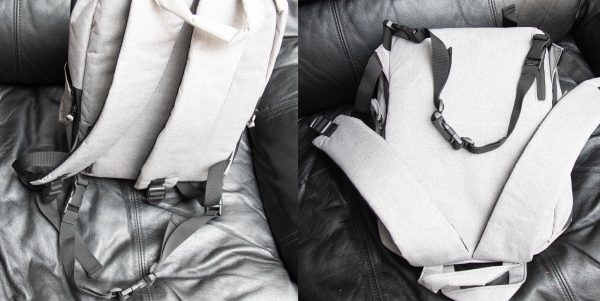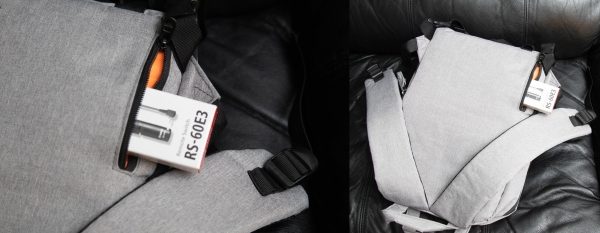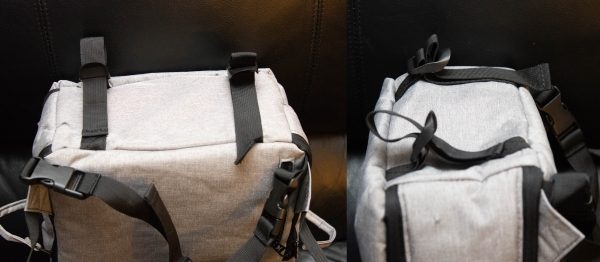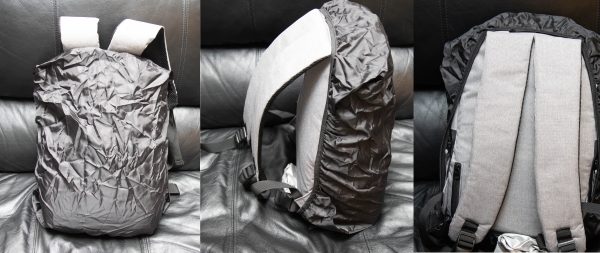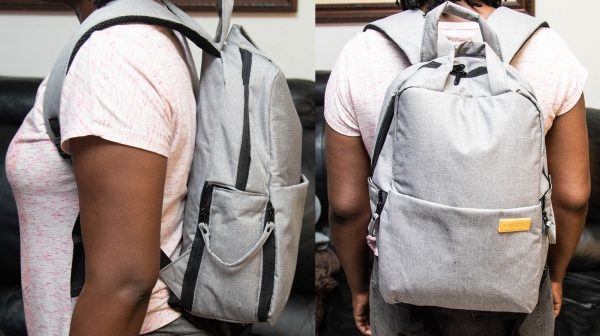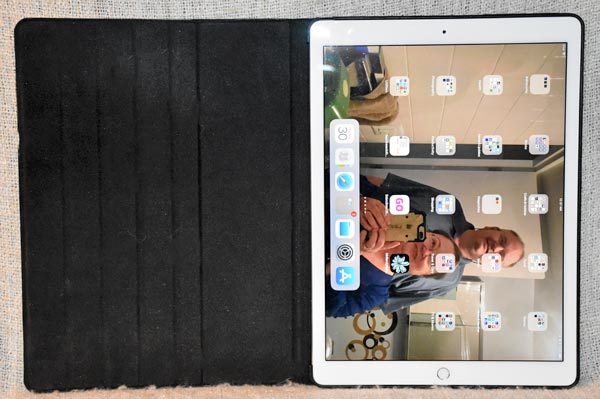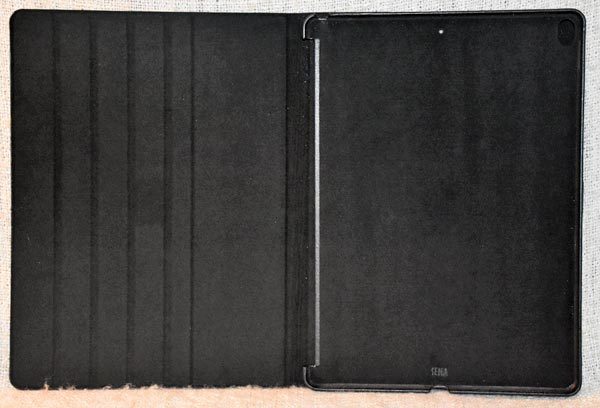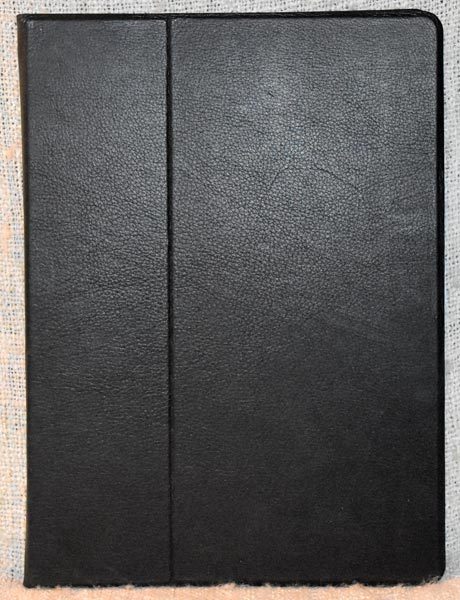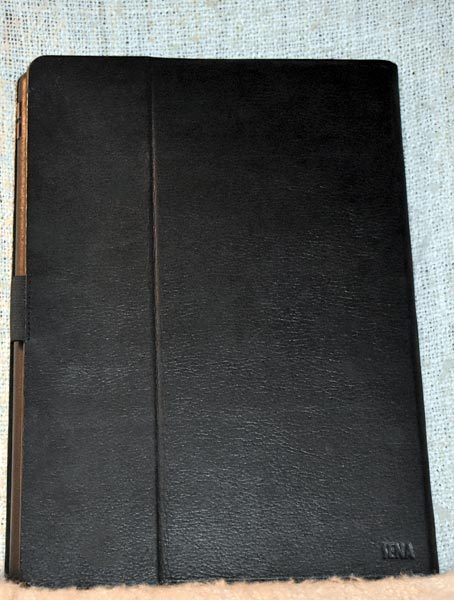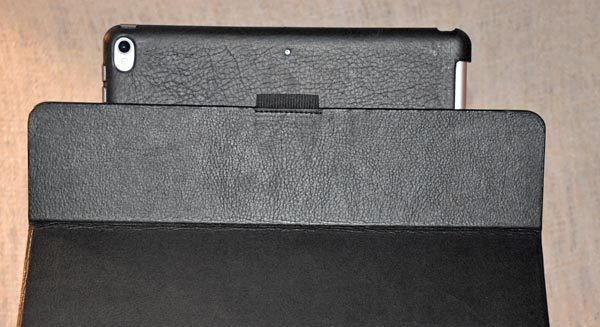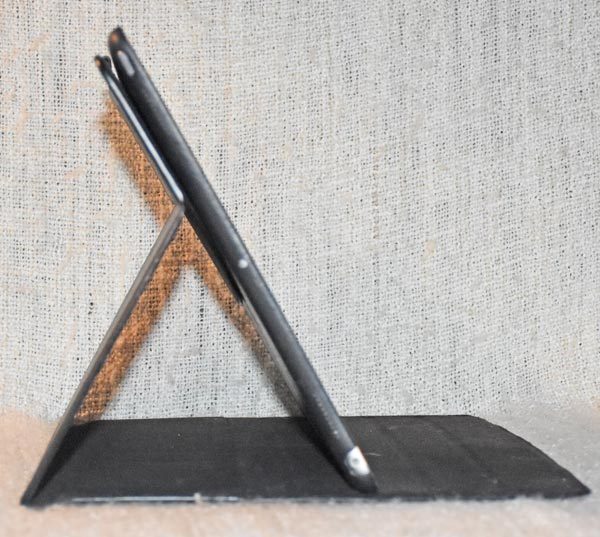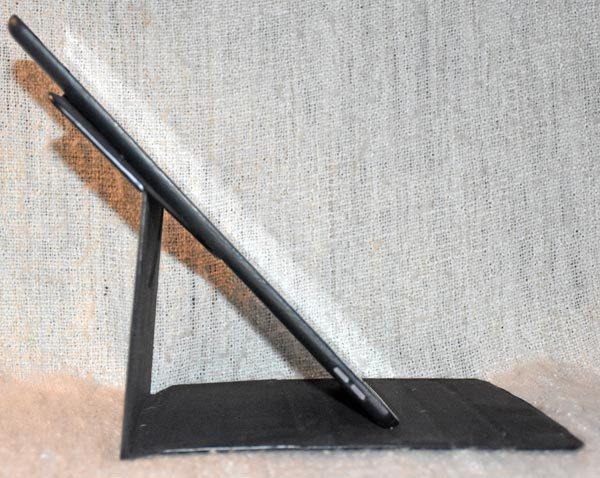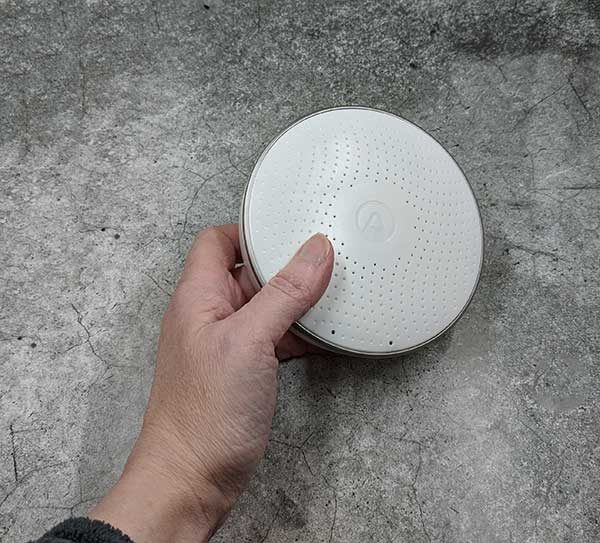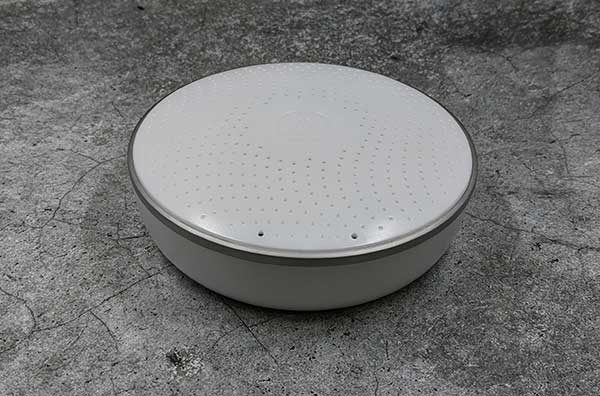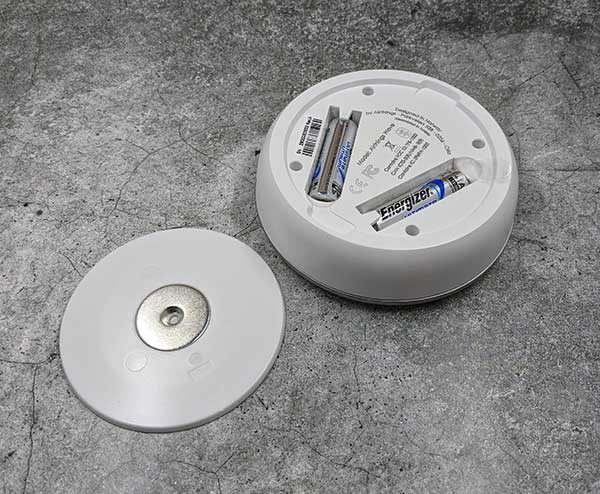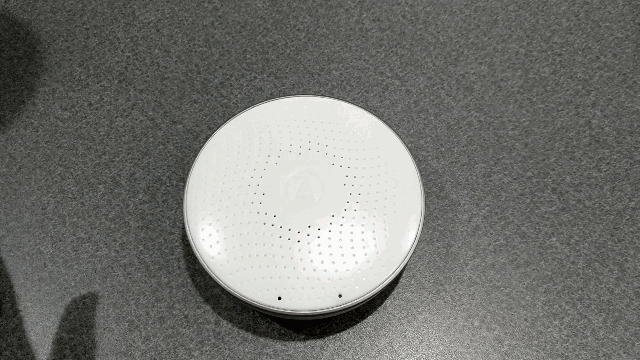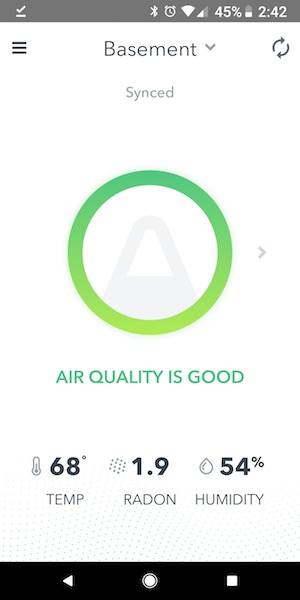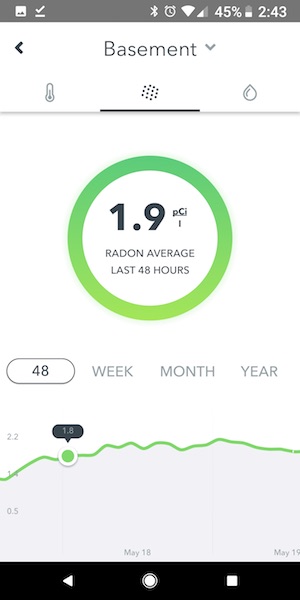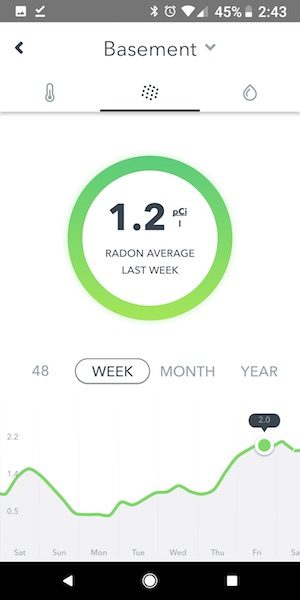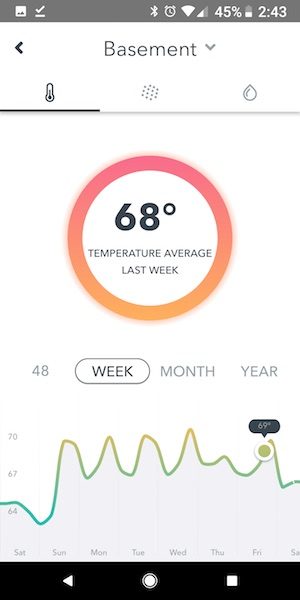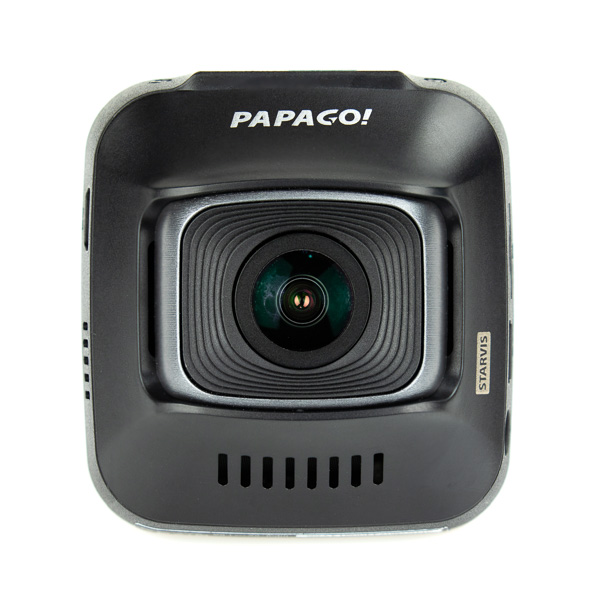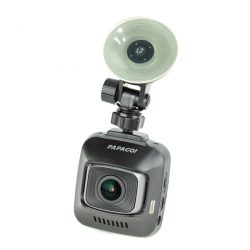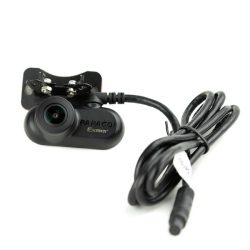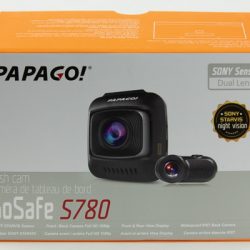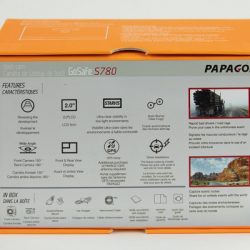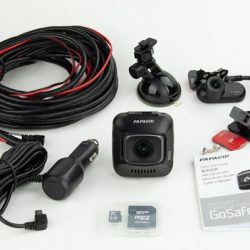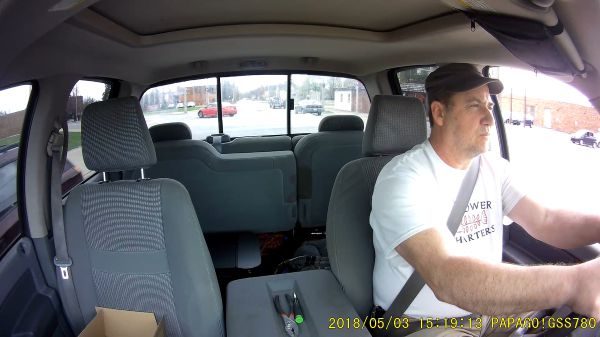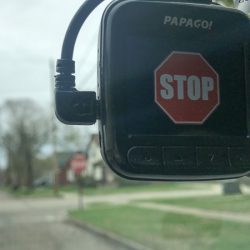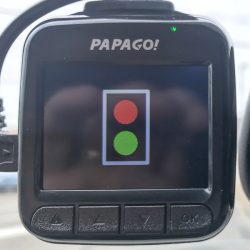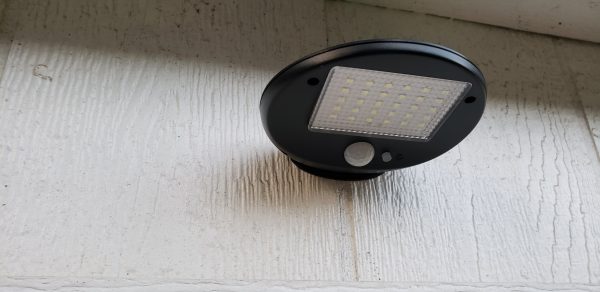
It never fails. I always seem to forget to take out the trash until after the sun has set. It also figures that the place where my trashcans are located is a very dark side of our house. Most of the time I just stumble around hoping to get to the proper trash can (we have 3 – each for a different kind of trash). Lucky for me I just got the opportunity to review the MIOU Solar Motion Sensor lights.
What is it?
The MIOU Solar Motion Sensor Light is a solar powered light that has 30 LED bulbs inside. It has a built in Lithium-Ion battery that converts solar energy to power and stores it for use at nighttime. No external wiring is necessary, you just need to make sure the solar panel on the top of the light has several hours of direct sun access.
Hardware Specs
- It is IP64 waterproof certified. I personally tested this by accidentally leaving the unit on the ground where I was initially charging it right where my sprinkler system could easily give it a good shower.
- It has an automatic motion sensing function that will turn the light on when it senses people or animals coming within 10-26 feet of the light with a 120 degree lighting angle.
- It has 30 LED bulbs.
- Internal Lithium-Ion battery that stores energy from solar power.
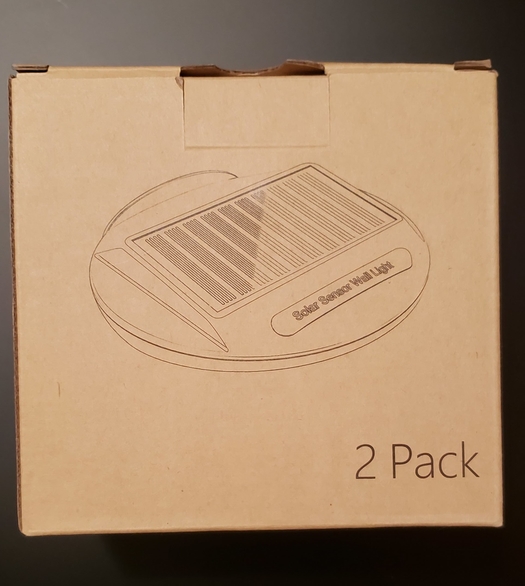
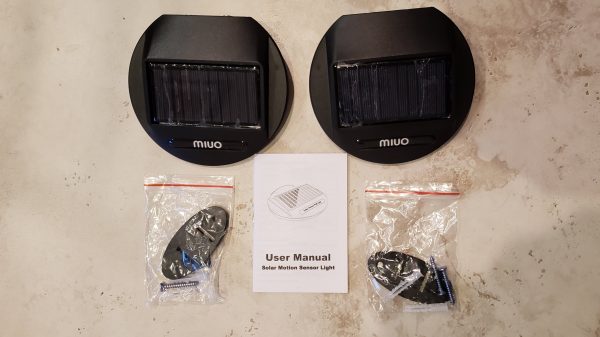
What’s in the box?
The box itself was a rather plain cardboard box. Inside the box and very tightly packed there was the following:
- 2 solar powered lights
- 2 packages of mounting hardware. The mounting device for the light, 2 wood screws and two anchors for mounting the light in sheet rock.
- 1 user manual

Design and features
The first thing I had to do before I could use the lights was to give it an initial charge. There is an on/off button on the bottom of the light that I pressed on to make sure it would light up properly. Once I confirmed the light was working I then had to place it outside in direct sun for an initial 8 hours. I did this for both lights and actually spread it out across 2 different days. While the lights were getting their initial charge, I installed the mounting hardware. The above picture shows you how simple it is. Simply have the arrow facing up (although I will admit the light will mount in either direction). When installing in wood I did drill a small pilot hole first. That made the install much easier.
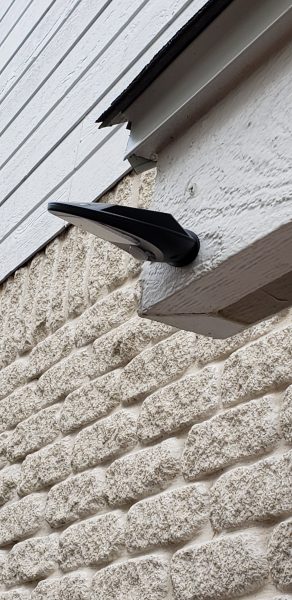
Once the lights were charged, I simply slid the back of the light which had two matching grooves onto the mounting hardware. You should note that you do want the screws screwed all of the way in or it will interfere with mounting the light. The picture above shows the light mounted above my trash can area. I purposely tilted it so that it would better illuminate the area and catch the sun’s rays.
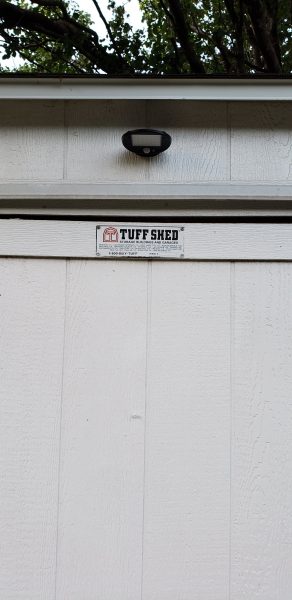
I mounted the second light right above my storage shed door. That area is also rather dark and I figured the light would make it much easier to find the keyhole when trying to open the shed. Both pictures above will show you the location of that mount.
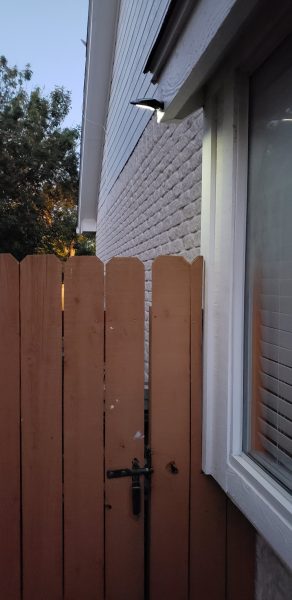
I left the switch on the bottom of both units in the ‘on’ position. When it is ‘on’ the unit will go into standby with a light glow like the picture above. It was much darker than what the picture shows, but my camera is trying to do me a favor by adjusting for the light.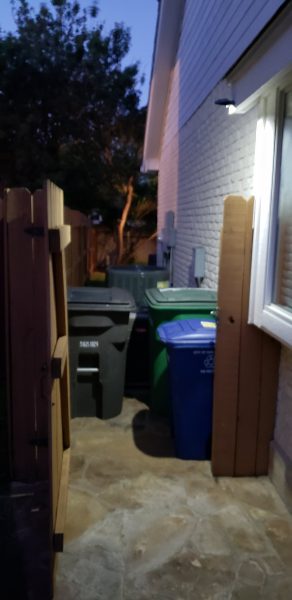
When I approached the gate, the light saw the movement and activated the brighter LEDs. You can see how well the entire trash can area is lit up. I am really happy with how it is lit.
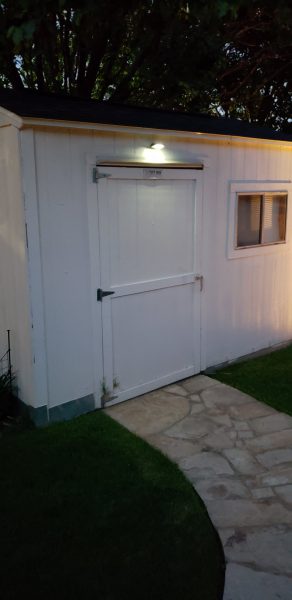
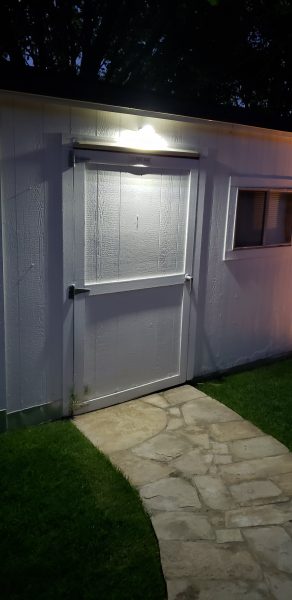
The next two pictures show the lights in the low standby position in the first picture and on bright in the second picture. Once again you can really tell a difference.
What I like
It was super easy to install. Having a cordless drill certainly made the job even that much easier. It is pretty hard to mess up the installation of the mount and the light. They give you all of the necessary hardware. I also like that it came with 2 lights. I had no problem thinking of additional places I would install future lights.
What needs to be improved
The only suggestion I would give is to have an option for the lights to come in white instead of black. In south Texas, the lights will get extremely hot during the day. Only time will tell how well the plastic will hold up to the heat. I had replaced an older solar light in my trash can area and it had been white. I will be sure to try and give an update on how well they have held up after our predicted super hot Texas summer.
Price: $24.99
Where to buy: Amazon
Source: The sample for this review was provided by MIOU.
The post MIOU Solar Motion Sensor Light Review appeared first on The Gadgeteer.
Filed in categories: Reviews
Tagged: LED lighting, Solar
MIOU Solar Motion Sensor Light Review originally appeared on The Gadgeteer on May 24, 2018 at 10:00 am.
Note: If you are subscribed to this feed through FeedBurner, please switch to our native feed URL http://the-gadgeteer.com/feed/ in order to ensure continuous delivery.

